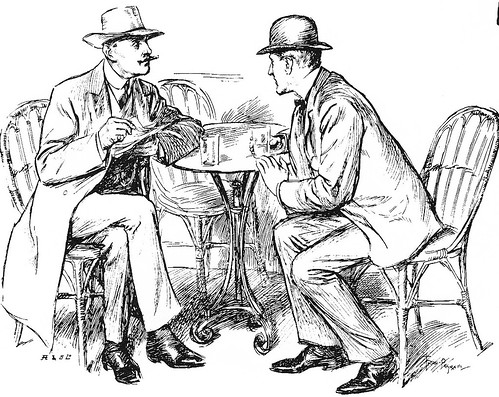I’ve been spending a great deal of time with educators who are thinking about the changes that will be necessary once a greater saturation of technology is present in their schools and classrooms.
The most frequent topic under this umbrella – classroom management.
Principals and teachers are concerned over a lack of “control,” and that students will be distracted to greater extents now that devices are in their hands. Students will be distracted and engagement will flag, they worry.
Instead of doing what they are asked or expected to, many teachers worry students will do something else, something they choose.
These educators are correct. Faced with the choice to do school and learning as they always have versus an activity or piece of content of their choosing, students are likely to favor the latter.
I cannot blame them.
To prepare for this distraction and tension of control, schools are readying policies and school-wide language for students. They share it with parents who are equally concerned their children will stop paying attention and choose anything else over the prescribed curriculum and tasks.
Schools will tell students when they are allowed to have their devices out and when they are not. There will be signs in the classrooms that teachers can turn over or point to for clarification. Students who are repeatedly off-task will meet with restricted freedoms until they can show a greater ability to act in compliance.
I wish the answer they were giving was a different one. I wish when educators spoke to parents they made a different promise and instead said that they would be working to make their classrooms more interesting, responsive, spaces connected to students’ curiosities and questions. I wish they committed in faculty meetings, not to a common signal, but to a common agreement to be better at asking students to do things that matter in the moment.
We have been skating by in our classrooms. This was a hard truth I ran into head first when I started working in my first 1:1 environment, and my instinct was to intensify the ways in which I showed my students I was in control of their learning. It’s not an instinct of which I’m proud, but that’s often true of the novice learner.
Luckily, I had access to communities (online and physical) who shared both their practices and their thinking about interacting with students in well-saturated technological learning spaces. Following their lead and writing in this space as a place to reflect publicly, I came to realize holding tighter to control wasn’t in the interest of my students or my peace of mind.
Any shift so seismic as the introduction of connected devices to a classroom calls for a greater awareness of practice. We may turn toward that awareness or we may dig in more deeply to what we have always done and choose not to examine our practices and beliefs about learning.
My hope is that teachers and principals will choose to lean in to the conversations and reflections during this shift of opportunity and begin asking what they should stop doing and start doing, given the affordances of a shifting landscape.
 The U.S. Department of Education
The U.S. Department of Education

